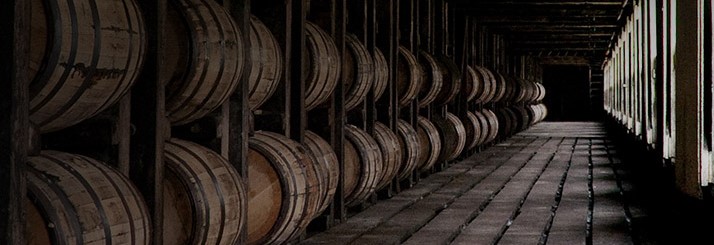More Whiskey Rules

Last week we discussed bourbon myths, but there are rules for more than just bourbon. Here are a few you might not know.
New Charred Oak: Most people know that bourbon must be stored in new charred oak containers, but that's also true for American rye, wheat and malt whiskeys. If it's not aged in new charred oak, it will be called "Whiskey distilled from (rye, bourbon, wheat, etc.) mash."
Corn Whiskey is the only type of whiskey that is not required to be stored in oak.
Added Coloring and Flavoring: Bourbon can never have added color or flavorings but other whiskeys not labeled "straight" can have up to 2.5% additives which can include caramel coloring, wine, fruit juice, sugar and oak chip infusions.
Geographical Protections: Under the US regulations, Scotch, Irish Whisky and Canadian Whisky are recognized as distinctive products of those areas manufactured in compliance with the laws of their countries. There are similar recognitions for Cognac, Pisco, Tequila and Cachaça. There is no similar regulation for Armagnac or Calvados, though they are covered by a catch-all regulation which states that geographic names can't be used unless the spirit actually comes from that place.
No Highland Bourbon: The word "Highland" or any "similar words connoting, indicating, or commonly associated with Scotland" cannot appear on the label of a non-Scottish spirit.
Straight Whiskey can include whiskey from more than one distillery as long as they are in the same state.
-Sku
